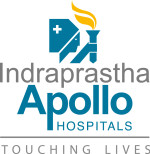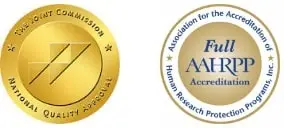Stroke ( Brain Attack) – FAQs
A stroke is a medical emergency which happens when blood flow to your brain stops. Within minutes, brain cells begin to die.
Ischemic stroke(more common), is caused by a blood clot that blocks or plugs a blood vessel in the brain. Hemorrhagic stroke, is caused by a blood vessel that breaks and bleeds into the brain. “Mini-strokes” or transient ischemic attacks (TIAs), occur when the blood supply to the brain is briefly interrupted.
Sudden numbness or weakness of the face, arm or leg (especially on one side of the body), sudden confusion, trouble in speaking or understanding speech, sudden trouble in sight in one or both eyes, sudden trouble in walking, dizziness, loss of balance or coordination,sudden severe headache with no known cause,difficulty in swallowing, problems with bowel or bladder control and easy fatigue.
If you have any of these symptoms,you must get to a hospital quickly to begin with the treatment.
Stroke prevention is still the best medicine. The most important treatable conditions linked to stroke are:
- High blood pressure. Treat it.
- Cigarette smoking. Quit.
- Heart disease. Manage it with the help of your doctor using aspirin, anticoagulants etc.
- Treating unruptured cerebral aneurysm or arteriovenous malformation
- Diabetes. Control it. Treatment can delay complications that increase the risk of stroke.
- Transient ischemic attacks (TIAs). Seek help. They should never be ignored and can be treated with drugs or surgery.
- Poor lifestyle leading to overweight, high cholesterol levels etc.Risk Factors You Cant Change
- Age – Risk increases as you get older. But leading a healthy lifestyle can minimize that risk.
- Race
- Gender – Men are a greater risk of stroke than premenopausal women.
- lifestyle modification -maintaining healthy weight, lowering cholesterol Levels, exercising etc
- Modification of risk factors
If you have a stroke, it must first be determined which kind of a stroke it is so that proper treatment can be given. The neurologist asks for a CT head plain to determine whether it is an ischemic or hemorrhagic stroke. If the stroke is determined to be ischemic (due to a blood clot), the interventional radiologist will assess what caused the clot, such as a clogged carotid or other artery, and can correct the underlying problem to prevent future strokes from occurring.
Treatment to Dissolve Blood ClotsA clot-busting drug, tPA (tissue plasminogen activator) can be given intravenously to break up or reduce the size of blood clots to the brain. This technique must be performed within three hours from the onset of symptoms. If not possible, intraarterial thrombolysis treatment is another option. You can return to normal life with minimal or no after effects from the stroke.
Treatment to Open Narrowed Carotid Arteries- Angioplasty and stenting to treat those having an acute stroke
- Carotid Endarterectomy Surgery
- Surgery
- Embolization technique


